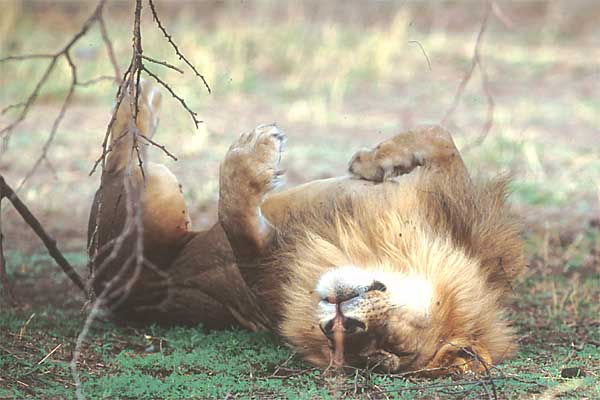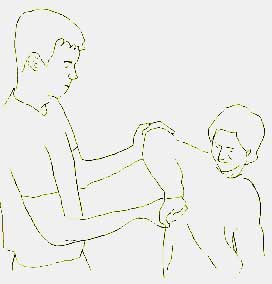Standing for Weakness
/Is standing meditation practice good for posture and alignment?
Here are the two main theories:
- As soon as we attempt to hold still tension begins arising in locations where our alignment is inefficient. If we can apply that information, we can improve our alignment.
- Circulation does not stop when we hold still so locations with poor circulation quickly become apparent. Slight changes in alignment at these locations may improve circulation, which could be considered an improvement in alignment.
If you do standing practice without correcting your alignment, your muscle tension will actually increase. It is a slow and painful way to build muscle, and not very effective I might add. However if you are constantly fiddling with your alignment you will become more and more contorted and unstable, that's a big mistake.
Practicing internal martial arts correctly means accepting our natural weakness. Being weak is okay. It certainly doesn't inhibit fighting if that is what you like to do. Most fighting systems agree that the ability to relax is valuable because if you are relaxed it's easy to change. Generally fighting systems prefer strength and conditioning with their relaxation. The influence of Daoist precepts and conduct practices on the internal martial arts is most apparent in their rejection of strength and conditioning.
Correct standing practice makes us weak and sensitive and thus more prone to injury. The type of rest that we get from standing meditation has some healing effects. Most likely those effects are do to the improvement in circulation which supplies nutrients and replaces damaged tissues. Standing heals the little tiny injuries which otherwise would restrict our breathing and degrade our alignment. But honestly, slow gentle practice and plenty of sleep will do the same thing.
But...if you like to play rough on a regular basis, (and many of us do) standing will repair those little injuries that would otherwise tend to pile up. Any improvement in alignment also improves power. But from a Daoist point of view all you are doing is re-establishing what is normal. It is normal to play rough. It is normal to heal. It is normal to have access to highly efficient movement. It is normal to just stand still and do nothing. It is normal to be weak.



 Getting enough sleep is one thing. Consistently sleeping until you are not tired is another thing entirely.
Getting enough sleep is one thing. Consistently sleeping until you are not tired is another thing entirely. .
. Here is a concept from Chinese Medicine which has a lot of currency for internal martial artists.
Here is a concept from Chinese Medicine which has a lot of currency for internal martial artists. Sun Tzu,
Sun Tzu,  This is a continuation of the series on jin, that started below with a discussion of pulsing.
This is a continuation of the series on jin, that started below with a discussion of pulsing. Twisting unevenly will cause lots of damage. That's how joint locks and breaks work. Practice on a chicken if you want. For instance, to bust the wrist, just twist it while immobilizing the elbow.
Twisting unevenly will cause lots of damage. That's how joint locks and breaks work. Practice on a chicken if you want. For instance, to bust the wrist, just twist it while immobilizing the elbow.
 Imagine you are a wolf, or some other predator, who is absolutely terrified. Not just passing fear, but the kind of fear that colors everything. Tree branches could fall on you at at any moment, the sun burns and dehydrates, the night freezes. Even the air you breath is frightening.
Imagine you are a wolf, or some other predator, who is absolutely terrified. Not just passing fear, but the kind of fear that colors everything. Tree branches could fall on you at at any moment, the sun burns and dehydrates, the night freezes. Even the air you breath is frightening.
 for purity and perfection. During the Sung and Ming dynasties the Chinese government gave out official titles to Orthodox Daoists. (Actually, even at times when the government had an anti-Daoist outlook, Daoshi, invested priests, had the status of "prince" if they were dragged into a magistrate's court. When the British won capitulation at the end of the Opium Wars, one of their demands was that Christian Missionaries be given the same status in court as Daoists. This was later one of the grievances of the Boxer rebellion.)
for purity and perfection. During the Sung and Ming dynasties the Chinese government gave out official titles to Orthodox Daoists. (Actually, even at times when the government had an anti-Daoist outlook, Daoshi, invested priests, had the status of "prince" if they were dragged into a magistrate's court. When the British won capitulation at the end of the Opium Wars, one of their demands was that Christian Missionaries be given the same status in court as Daoists. This was later one of the grievances of the Boxer rebellion.)